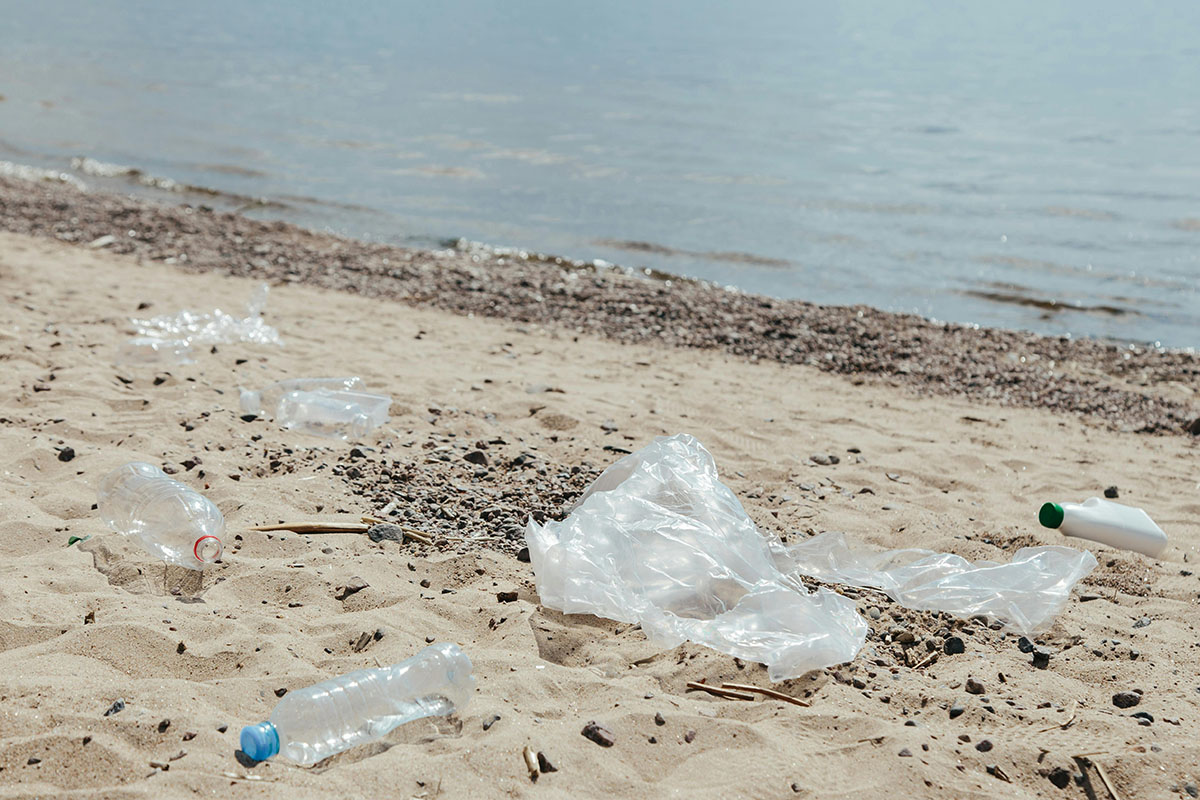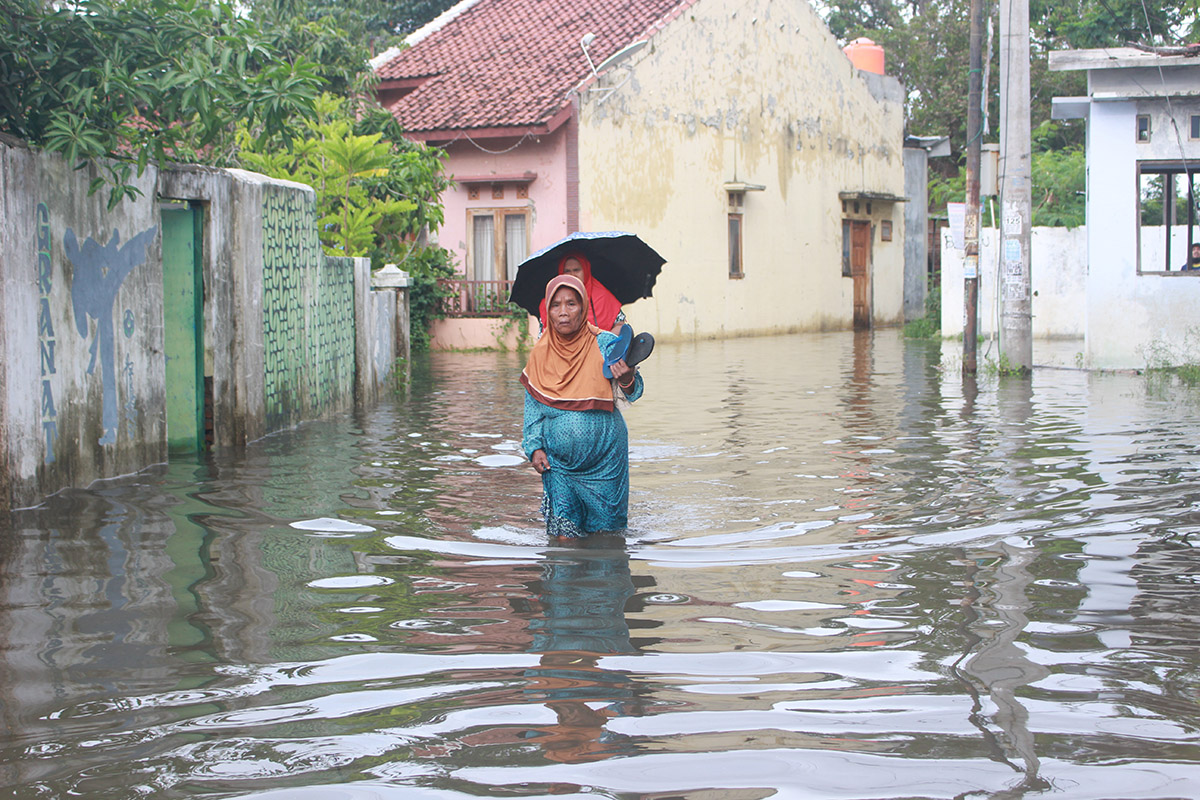Shores in Peril: Unveiling the Ongoing Crisis of Plastic Pollution in Coastal Paradises
March 15by Esrat Jahan Onty
Photo credit: Ron Lach
Sea beaches, with their micro waves and vast expanse, serve as constant magnets for tourists seeking breathing space and relaxation. These visitors, coming from various corners of the globe, converge on these coastal areas year-round, driven by the desire to enjoy the serene environment. However, the very allure that draws them to the shores also sets the stage for an unsettling absurdity– the mass destruction of the very environment they seek to enjoy.
A mounting crisis facing these idealised retreats is one of the common issues of plastic pollution. Despite the pristine beauty of the beaches, the residues left behind by visitors, particularly in the form of plastic waste, pose a grave threat to marine life and the delicate ecosystems that characterise coastal regions. The scale of the problem is staggering, with an estimated 14 million tons of plastic finding its way into the ocean annually. According to the report of Marine plastic pollution
The origins of these plastics lie in the materials themselves, often derived from natural gas, oil, or plants, refined into ethane and propane. Plastics, while seemingly convenient, conceal a darker side in their contribution to climate change.
As a result, plastic pollution manifests vividly in the condition of sea creatures. Whether through ingestion or entanglement, marine life bears the brunt of humanity’s indiscriminate disposal of plastics. Heart-wrenching visuals circulating on the internet by Trash Isles: Turtle Gets Plastic Straw Removed From Its Nose By Rescuers | @LADbible depicts turtles with plastic straws lodged in their nostrils and fish with stomachs filled with polybags. Despite decades of awareness campaigns, the negligent disposal of plastics continues unabated, especially in popular tourist destinations, transforming this into not just an oceanic crisis but a climatic one with profound implications for human health.
An aspect often overlooked in discussions about plastic pollution is the complete life cycle of these materials. Plastics, derived from the carbon of trees and soils, reintroduce this carbon into the atmosphere, causing widespread harm. The post-consumer phase sees plastics being dumped into the environment, either deliberately or inadvertently. Some become integrated with the earth, while others embark on a journey to the seas.
A more insidious consequence of plastic pollution is the breakdown of these materials into microplastics. Through biodegradation or exposure to environmental elements, plastics fragment into minuscule particles that disperse globally. These microplastics, carrying the burden of toxic chemicals, create a hazardous mixture that infiltrates aquatic ecosystems, adversely impacting marine life.
Beyond the direct emissions associated with plastics, there exists an additional concern regarding microplastics’ role in carbon dioxide sequestration. A research CO2 and Ocean Acidification: Causes, Impacts, Solutions reveals that the ocean has absorbed about 29 percent of human-related carbon dioxide emissions. While public awareness about plastic use has increased, tourists continue to pollute oceans with alternative materials like paper bags and trash, perpetuating environmental degradation.
Efforts to combat this crisis have materialised through the endeavours of small organisations conducting workshops, often involving young children, to clean the oceans. While these initiatives are laudable, they underscore a critical truth – addressing plastic pollution is not the exclusive domain of organisations. Every individual must safeguard the oceans from pollution. The responsibility lies on each person, not only to be aware of the consequences but also to exercise self-control and responsible behaviour.
In conclusion, the alarming rise of plastic pollution on sea beaches stands as a disturbing reminder of the delicate balance between human recreation and environmental preservation. The call for action echoes not only through organised initiatives but also in the daily choices and behaviours of each individual. As we travel over the globe, revelling in the beauty of tourist spots, let us be mindful custodians of our environment, ensuring that the oceans remain pristine and untarnished for generations to come.
To follow further discussions and updates on climate change, events, and opportunities, check out our social media pages:
LinkedIn, Instagram, Facebook, and X(Twitter)
Esrat Jahan Onty is a member of the Commonwealth Youth Climate Change Network




